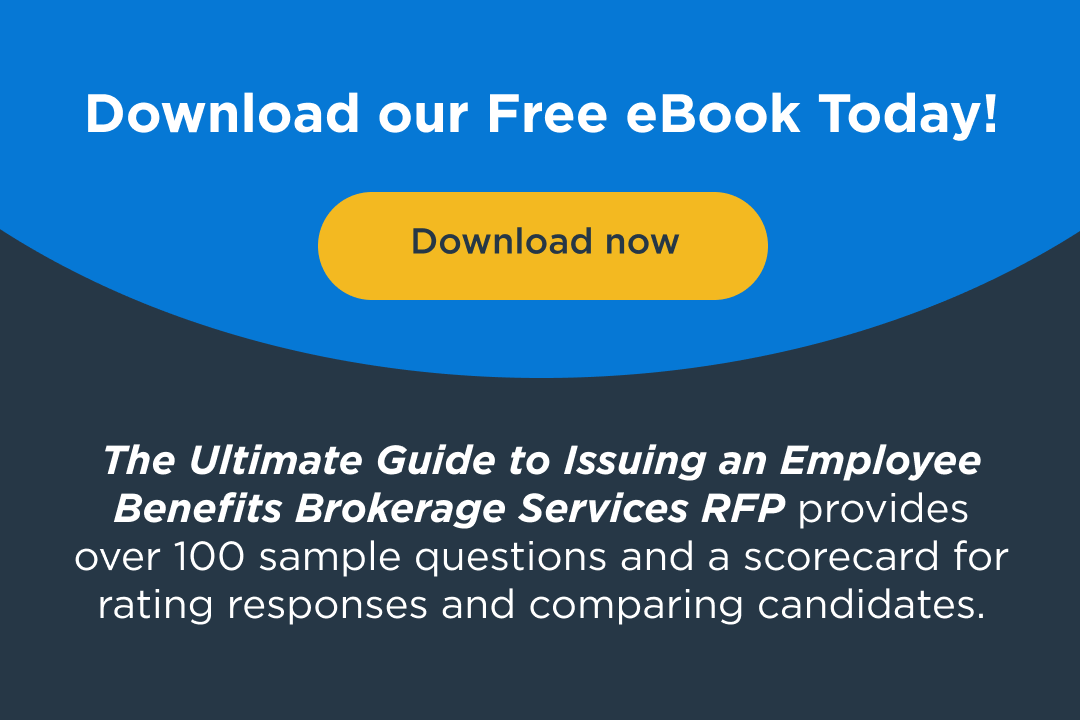2026 Federal Poverty Levels and ACA Affordability: What HR Professionals Need to Know
October 23, 2025

Upcoming updates to the federal poverty levels (FPLs) should be top of mind for HR and benefits professionals as they prepare for 2026. Why? Because ACA rules tie affordability of employer-sponsored group health plans directly to these benchmarks.
If your plan fails the affordability test, you risk penalties under the Employer Shared Responsibility Provision (ESRP) — a cost far greater than investing time now to ensure compliance.
In this post, we’ll walk through:
- How 2026 FPL updates may affect affordability testing
- Key safe harbors and why payroll frequency matters
- Practical steps HR professionals can take this renewal cycle
- Where to access HUB’s exclusive 2026 Affordability Safe Harbor Grids, breaking down the numbers by FPL, rates of pay, W-2, and payroll frequency
A Quick Refresher: ACA Affordability Requirements
The ACA requires applicable large employers (ALEs) who employ 50 or more full time employees, to offer health coverage that is both minimum essential coverage (MEC) and affordable to full-time employees.
For 2026:
- Coverage is “affordable” if the employee’s required contribution for self-only coverage does not exceed 9.96% of household income.
- Because household income is unknown to employers, the IRS provides three affordability safe harbors:
-
- Federal Poverty Level (FPL) Safe Harbor
- Rate of Pay Safe Harbor
- W-2 (Box 1) Safe Harbor
Each safe harbor has strengths and limitations. Smart employers evaluate all three.
Why Federal Poverty Levels (FPL) Matter
The FPL is foundational to determining affordability. But the timing is tricky:
- For calendar-year plans (1/1–6/1 renewals): The prior year’s FPL must be used, because the new FPL isn’t published until late January (assuming the government reopens by then)
- For plan years beginning 7/1–12/1: The current year’s FPL is available and must be used.
This staggered timing creates complexity for employers running off different renewal dates. That’s why HUB has broken down our 2026 Safe Harbor Grids into two sets: one for January–June renewals, and one for July–December renewals.
Payroll Frequency: An Overlooked Factor
Premiums are often thought of in monthly terms, but employees experience them per paycheck. If your workforce is bi-weekly, semi-monthly, or weekly, translating affordability thresholds into payroll-based amounts is critical.
For example:
- A $150/month maximum employee contribution looks different when broken into $69/bi-weekly or $34.62/weekly contributions.
- HR teams that fail to align affordability with payroll frequency risk compliance errors — and confused employees.
HUB’s downloadable 2026 grids handle this translation for you, so you can check compliance no matter how you structure payroll.
The Three Safe Harbors in Practice
1. Federal Poverty Level (FPL) Safe Harbor
- Simple and predictable
- Ensures no full-time employee ever pays more than the statutory % of the FPL for self-only coverage
- Often easiest for compliance but may result in lower employee contribution caps
2. Rate of Pay Safe Harbor
- Bases affordability on an employee’s hourly rate of pay × 130 hours/month or monthly salary
- Provides a middle ground for workforces with varied wages
3. W-2 (Box 1) Safe Harbor
- Uses actual taxable wages from Form W-2
- Most precise but can be unpredictable until year-end
Note – Many employers run scenarios under all three safe harbors to determine which approach minimizes penalty risk while preserving contribution strategy.
Practical Steps HR Professionals Should Take Now
- Once published, review the 2026 FPLs and how they align with your renewal period.
- Model contributions against all three safe harbors to determine affordability margins.
- Convert premiums to payroll frequency amounts so employees see clear, consistent numbers.
- Document your safe harbor strategy. If audited, the IRS expects to see not just results, but reasoning.
- Communicate proactively with employees. Transparent, accurate communication about premiums avoids confusion and builds trust.
Why This Is Urgent
The ESRP penalties for failing affordability compliance are significant:
- $5,010 per year if even one full-time employee receives a subsidy through the Marketplace due to unaffordable coverage.
With stakes this high, HR leaders can’t afford to leave compliance to chance.
Conclusion: Stay Ahead of Compliance, Support Your Workforce
The ACA’s affordability rules haven’t gone away — and once updated, the 2026 FPLs will mark a good time to double-check your contributions. With different renewal periods, payroll frequencies, and safe harbors to consider, it’s easy to miss details that could prove costly.
HUB International can help you stay ahead. Our advisors specialize in balancing compliance requirements with practical plan design and employee communication.


